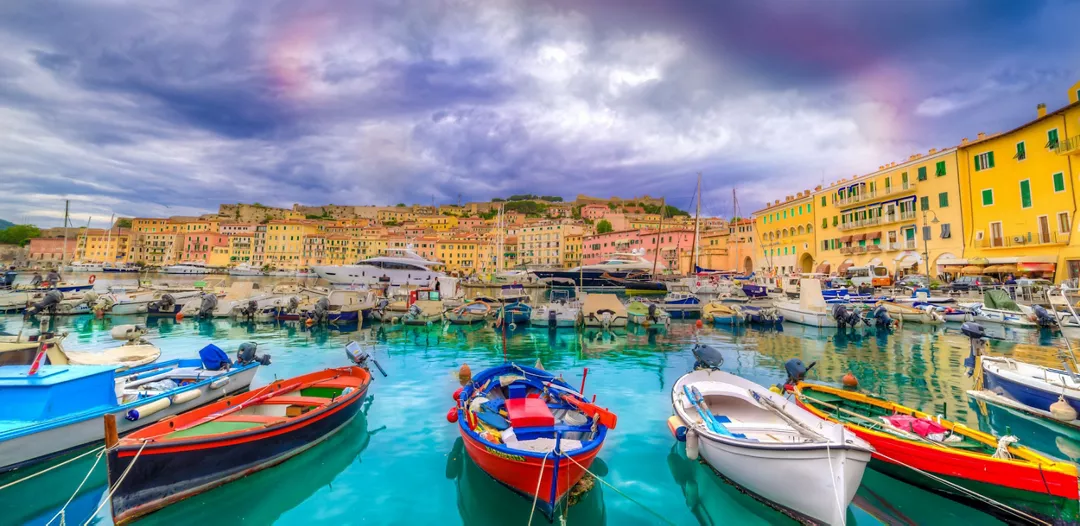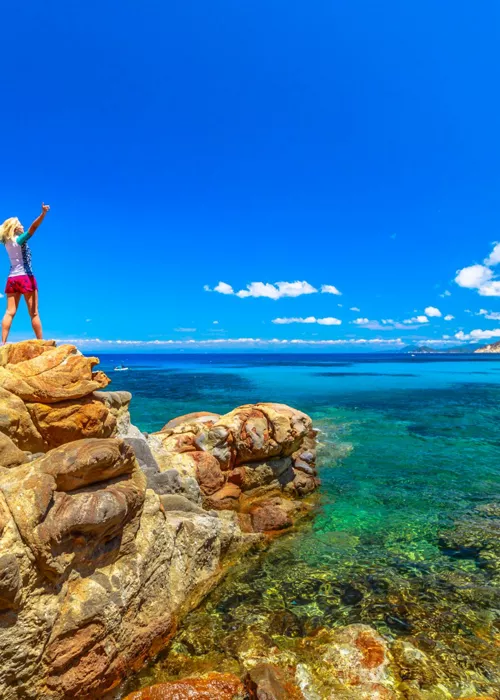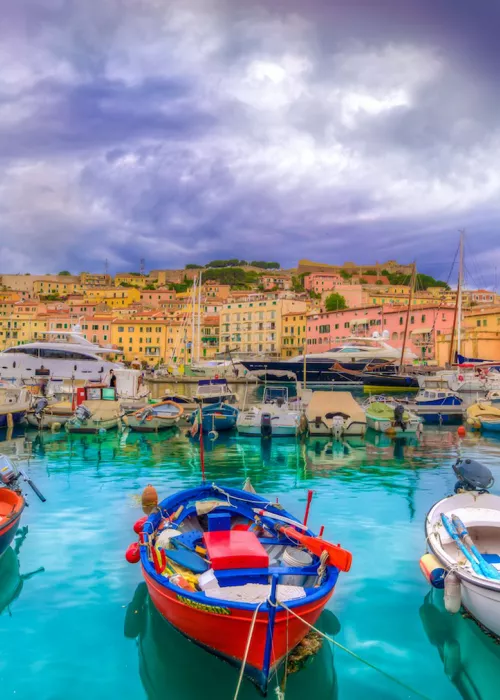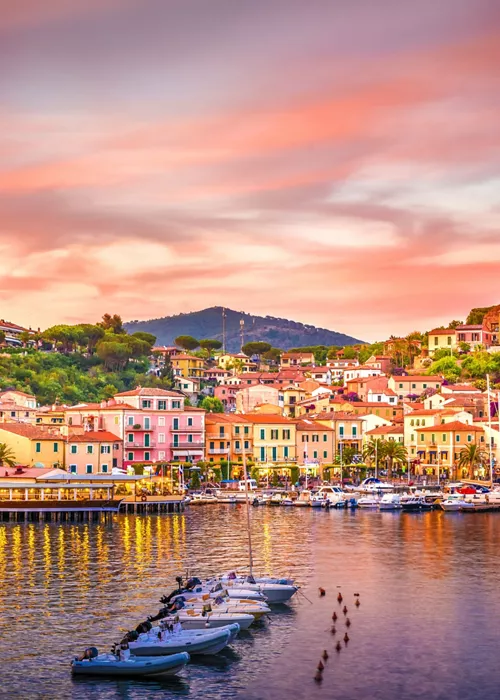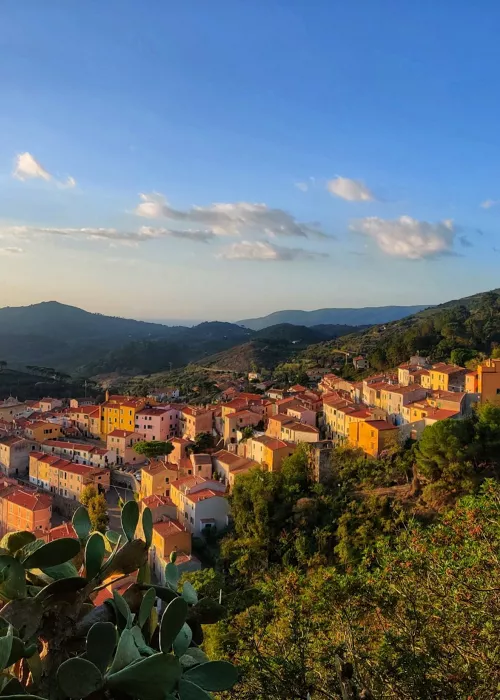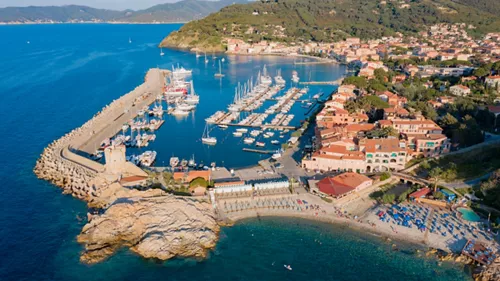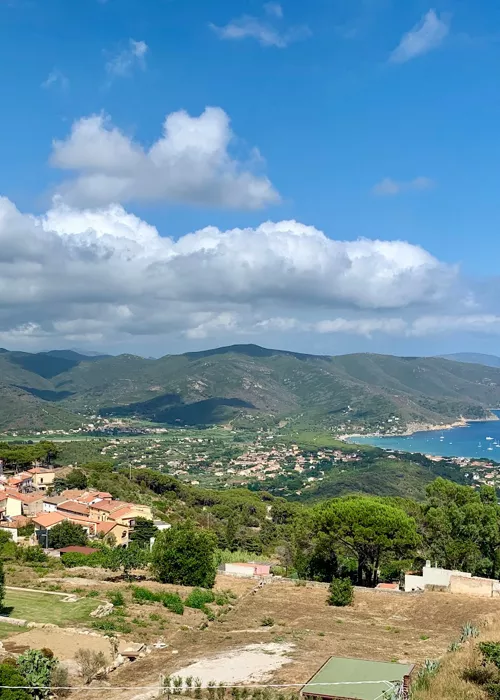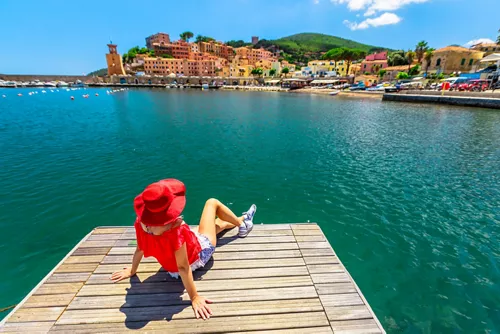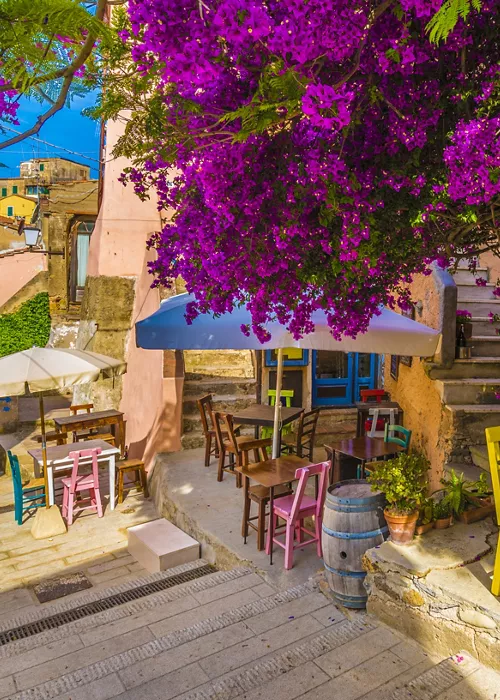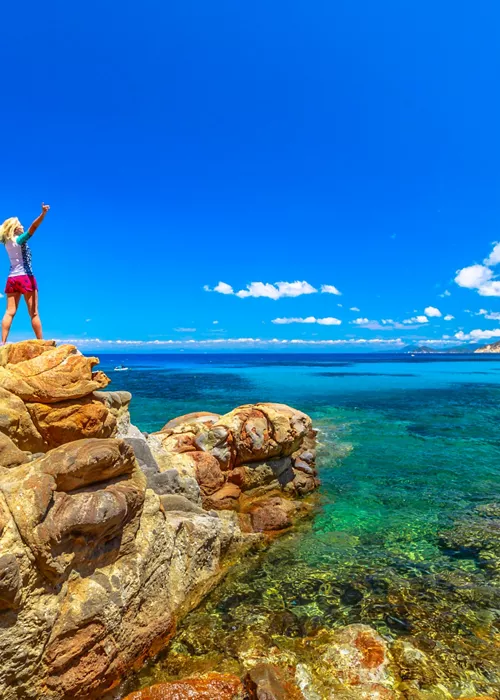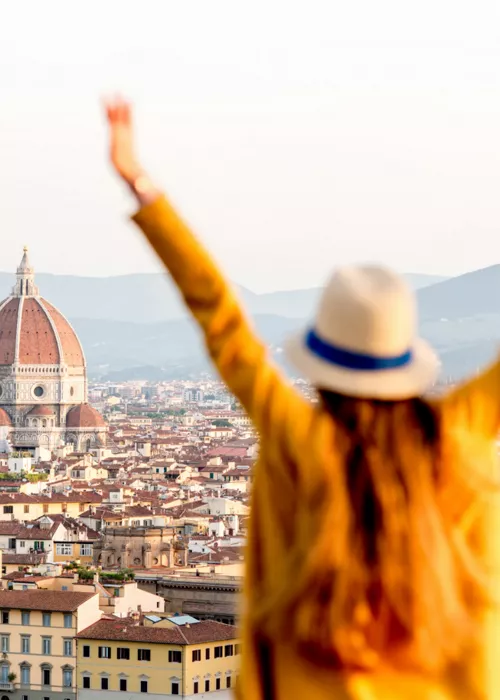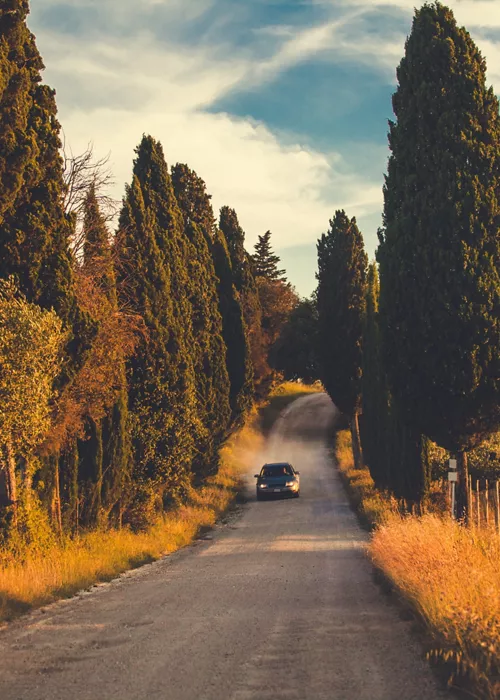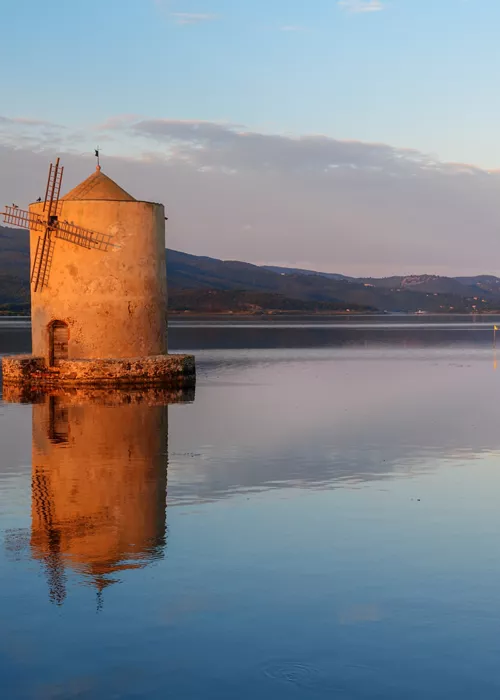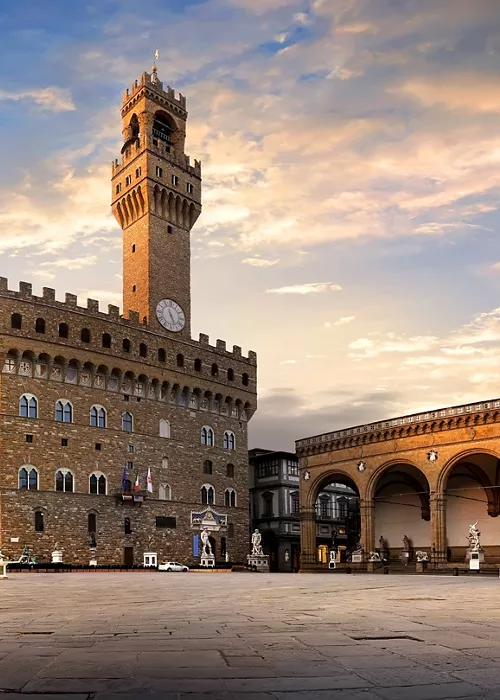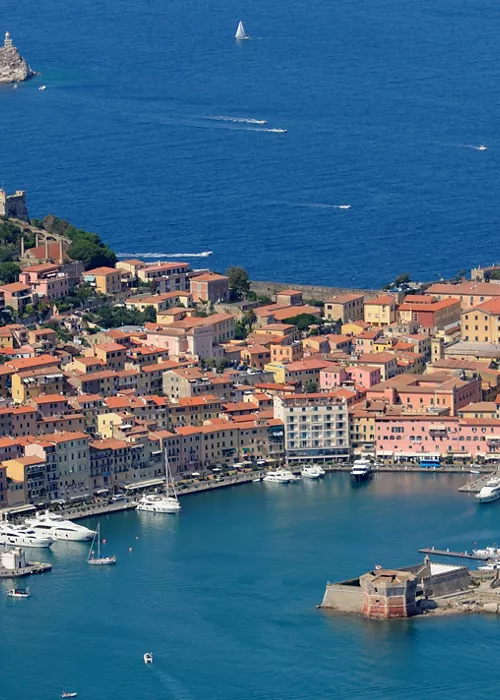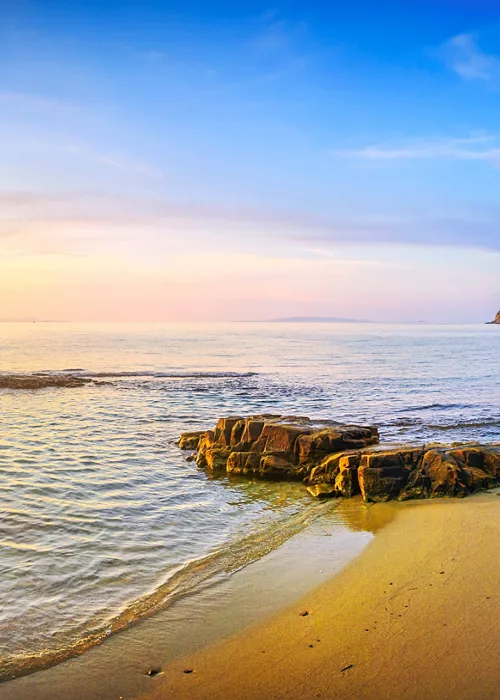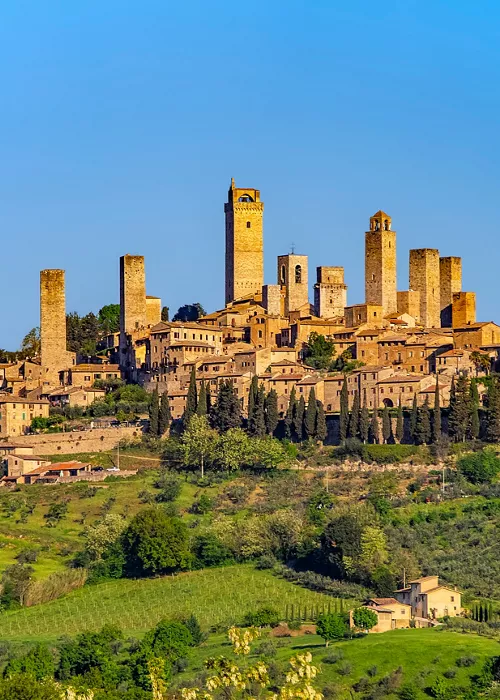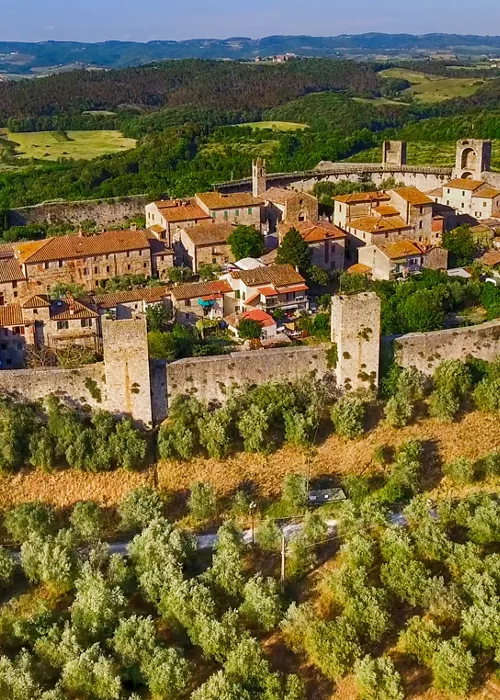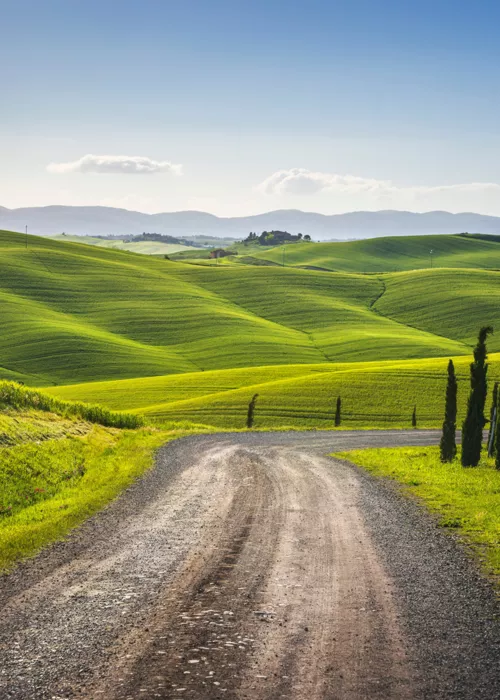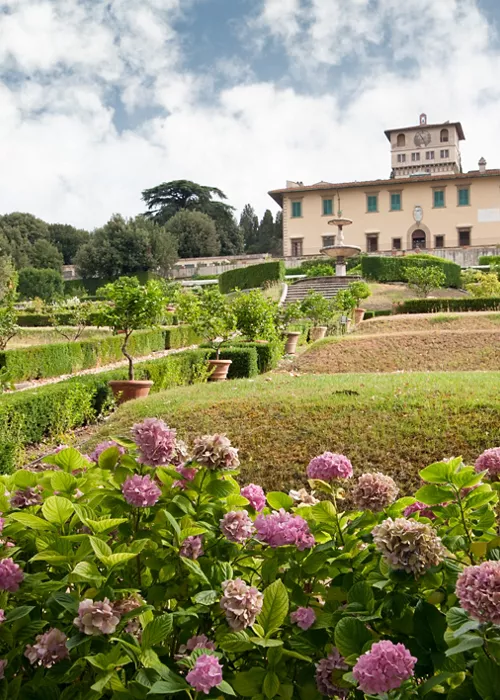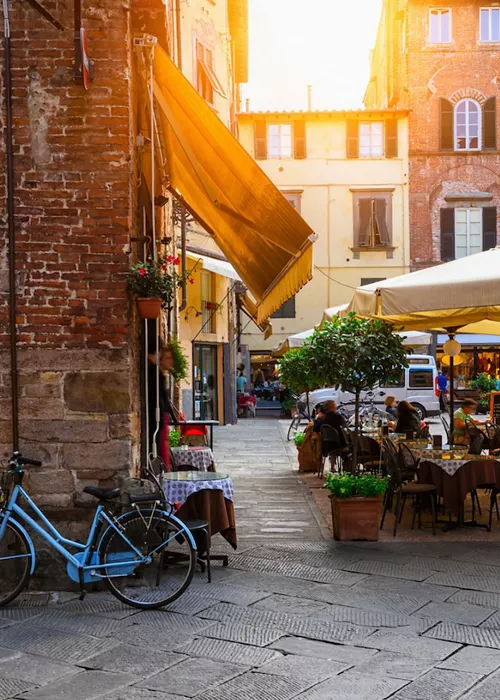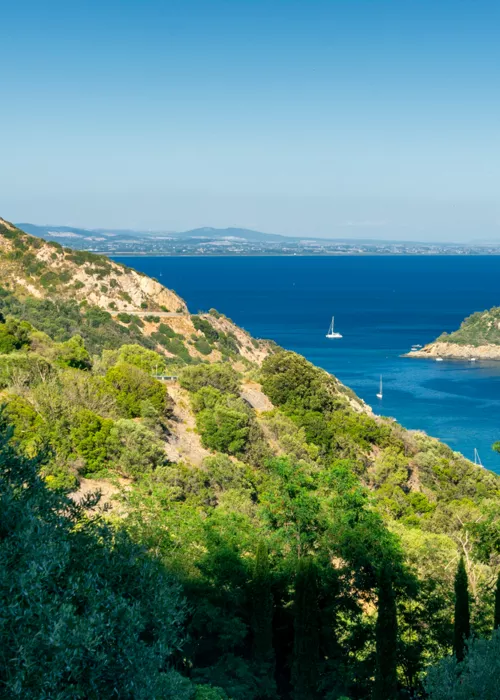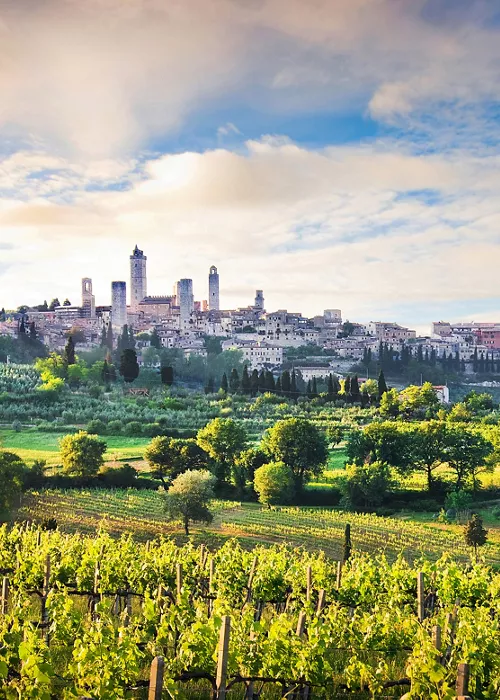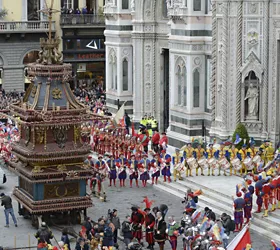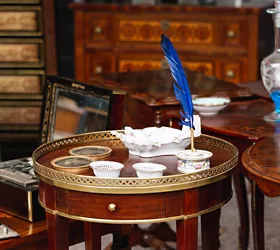The Island of Elba and Its History
3 minutes
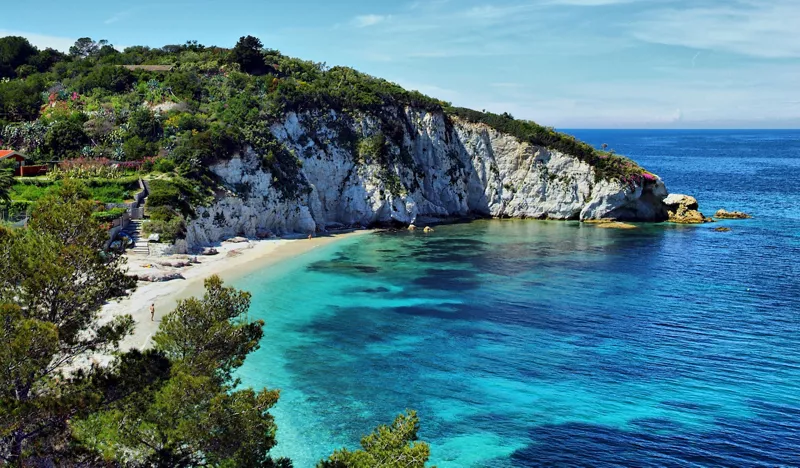
One can admire its unique landscapes, intriguing shortcuts and unforgettable sunsets, and enjoy all the charm and wonders that it has in store. Elba features not only nature in abundance, but a history that is rich and fascinating: remants of the Etruscan, Roman and Medieval ages testify to such. The zone of Portoferraio, the Island’s capital, besides being one of the main arrival and mooring posts for Elba, also stands out for its own long history. The area is the most populated on the Island and holds some of the most precious treasures of Elban culture, which primarily refer to the Medici domination. Cosimo I de’ Medici conferred upon Portoferraio the luster and importance that it had previously lacked. Here, in fact, he constructed an impenetrable fortress that is in perfect shape today.
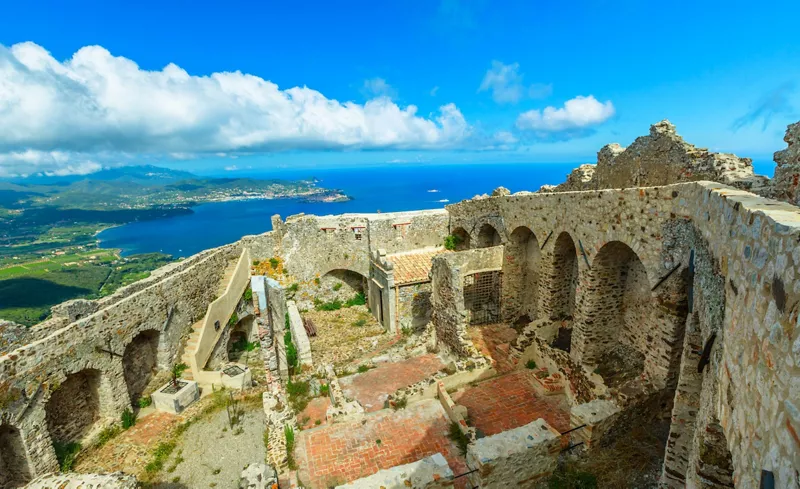
The historic center’s streets - full of interesting places to visit - stretch and wind inside the fortress walls. Despite the seemingly-infinite examples we can find of Florentine rule – who called Portoferraio “Cosmopolis” in those days – others also conquered the scene from time to time, including the Romans. Their influence here is documented by sites like Villa della Linguella, lying along the sea, and Villa delle Grotte, which sits along the provincial road connecting Portoferraio Porto Azzurro. Signs of French Emperor Napoleon also dot the Province the Napoleonic Museums inside Villa dei Mulini and Villa San Martino in the historic center narrate his exile on Elba. Another excellent symbol of Elba’s past is the Castello del Volterraio, on the same-named street linking the Commune of Rio Elba to Magazzini. The Castle was constructed by the Pisani during their rule, intended as a lookout point trekkers should certainly make the visit, as the panoramic view over the central part of the Island is stupendous.
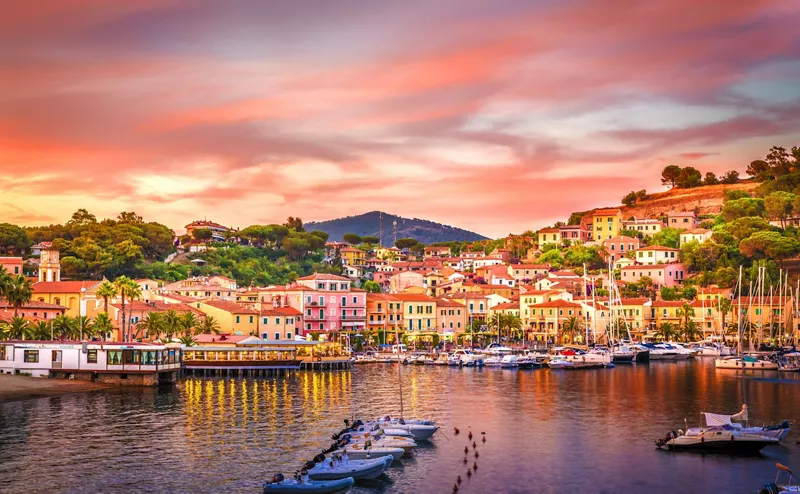
Not to be outdone, Porto Azzurro, one of the best-known localities on Elba, can be found inside a harbor protected by the Gulf of Mola. The history of this zone is marked by Spanish dominance, who constructed a settlement in the 17th Century. The most impressive trace left behind by the Spanish is the evocative San Giacomo Fort, which soars above the modern habitations of today. Everything at Porto Azzurro seems to be suggestive: the tranquil bay where boaters can dock, the piazza surrounded by shops and restaurants, and the picturesque view of Porto Azzurro itself. Inside the city walls lies the Baroque Church of San Giacomo Apostolo, which recalls in form and structure the churches of Barcelona. Three kilometers from the historic center rises the Sanctuary of the Madonna del Monserrato, where the image of the Madonna Nera (Black Maria) is conserved. From the small piazza opposite the Sanctuary, we have a spectacular view of Barbarossa Beach, a paradise for snorkelers and divers.
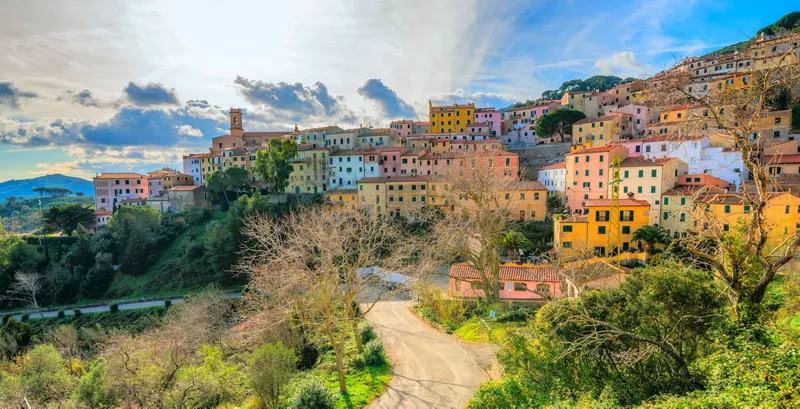
Incredibly, just a short distance away, environments completely different from one another will surprise visitors and lead them to the idea that Elba must be composed of many tiny worlds unto themselves. Of course, this beautiful Island is big enough to host eight different municipalities: Portoferraio, Marciana, Marciana Marina, Campo nell’Elba, Porto Azzurro, Rio Marina, Capoliveri, and Rio Elba. Each one is unique and shows off its own particular characteristics from the culture and traditions to architecture and nature, even in the linguistic inflections, the Island’s diversity is evident everywhere!

